Review of Thermodynamics
You should look at the following pages and understand everything about the page. The pages are the freshman chemistry material on thermodynamics.
General Chemistry Theromodynamics Chapter
Review of Newton's Law of Mechanics
1st law: A body remains at rest or in uniform motion unless acted upon by a force
2nd law: F = ma A body acted upon by a force moves in such a manner that the time rate of change of momentum equals the force
3rd law: F1 = -F2
If two bodies exert forces on each other, these forces are equal
in magnitutde and opposite direction
Energy
Total Energy is composed of kinetic (T) and potential (V) energies
| 1 |
| 2 |
Force, appeared in Newton's 2nd law, can be defined as
| 3 |
The following picture illustrates what the force is. You can think about the x axis as a reaction coordinate for which reaction proceeds from left to right. The energy change along the reaction coordinate is represented by V.
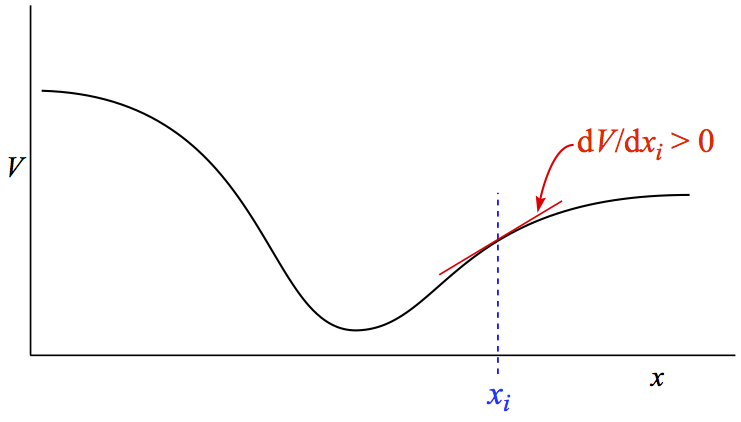
Figure 1. Relationship between potential energy and force.
As is seen in the figure, the tangent line of V at a point xi is shown as positive slope. Therefore, the force exerted is negative of the tangent line. The force points to the negative direction. Also, steeper the tangent line, larger the force is.
Most fundamental of all is potential energy curve of diatomic molecules. Since there is only one coordinate, stretching coordinate, one can represent potential energy curve as a function of the bond stretching coordinate. Here one prominent example of diatomic molecular potential called Morse potential is given.
Morse Potential:
where De is the dissociation energy of a molecule, Re
is the equilibrium bond distance, and a is defined as
where ke is the force constant, typically given in
units such as mdyn/Å or dyn/cm, where 1 dyn = 10 μN = 10-5
kg m / s2. The force constant is
related to the vibrational frequency via
where μ is a reduced mass of the molecule, which is
Diatomic potential energy curve looks like the following, including the
important features that are in the Morse potential.
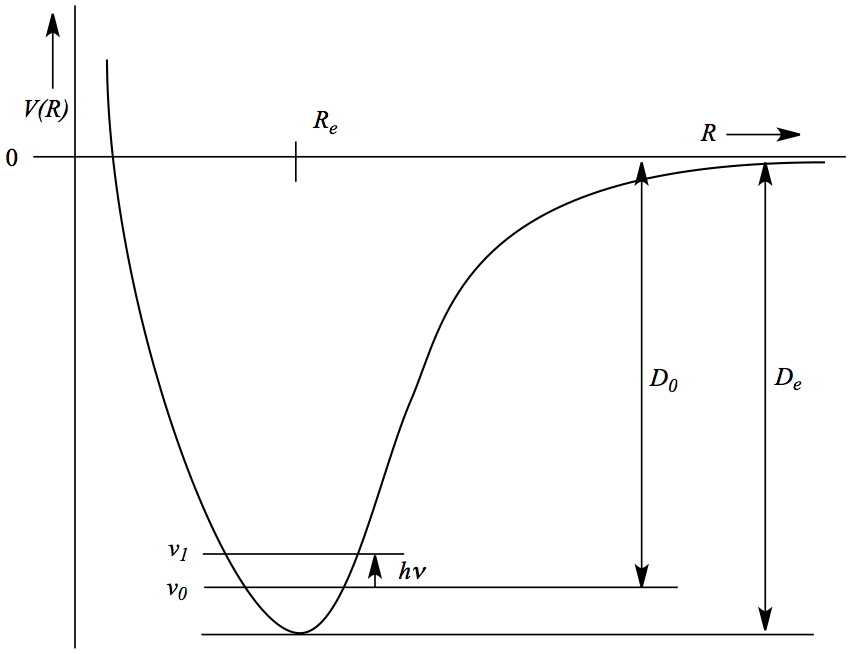
The lowest point of the potential is given by De, representing the dissociation energy of the molecule, and it occurs at equilibrium distance, Re or equilibrium bond distance. Notice that the interaction energy is a negative value, indicating stability relative to the separated atoms. When the bond is stretched to the point where the interaction between two atoms are small, it is the right-hand region where the V(R) tapers down to value of 0. Zero because there is no interaction.
On the opposite side of Re, that is to shrink the bond, compared to Re, the intection energy goes up, eventually becomes positive number, meaning that the interacton energy is repulsive.
You can see the lines ν0 and ν1. These are the quantized vibrational energy levels of diatomic molecules. In order to make a transition from the lowest energy state, ν0 to an excited state, ν1, an infrared photon is aborbed by the molecule, which is registered in IR (or Raman) spectrometer.
The equation that relates frequency and force constant is actually an approximation equation. As long as you only look at fundamental transition, which is ν1 ← ν0 , the approximation is quite good.
For example, the force constant of H2 molecule is 5.756 mdyn/Å, we can calculate vibrational frequency using above equations to be 4403 cm-1, which is in agreement with the Raman spectra.
Brief breakdown is as follows:
5.756 mdyn/Å = 5.756 x 102 kg/s2
μ = (1.008 amu)2/(1.008 + 1.008 amu) = 0.504 amu
Using a conversion factor of 1.66053892 x 10-27 kg = 1 amu,
0.504 amu = 0.83691 x 10-27 kg.
ν = (1/2π)(5.756 x 102 kg/s2/0.83691 x
10-27 kg)1/2 = 1.3199 x 1014 /s or Hz
Using a conversion factor of 1 Hz = 3.33565 x 10-11
cm-1, one obtains 4403 cm-1
Review of Electricity and Magnetism
We know that atom is made of nucleus and electrons for which they possess electrical charges, plus and minus, respectively. Absorption and emission of light, which is electromagnetic wave, is also characteristics of atoms. Therefore, understanding electricity and magnetism is quite important.
Interaction of Charged Particles
Let's start by looking at interaction of charged particles. The potential energy between charged particles i and j are denoted as Vij, and is given by Coulomb's Law.| 4 |
Magnetism
Magnet has two poles, north and south. A directional compus points to magnetic north pole of earth. In analogy with repulsion and attraction in electrostatics, like magnetic poles repel, and different poles attract.
In materials, there are several magnetism occurs.
Magnetic field produced by current
Classic experiment by Orsted in 1820 shows electrical current can induce magnetic field on the plane perpendicular to the wire, as shown below. Directional compasses are placed on the bench where the electrical wire is placed perpendicular direction. When a current flows through the wire, compasses point in circularly pointed.
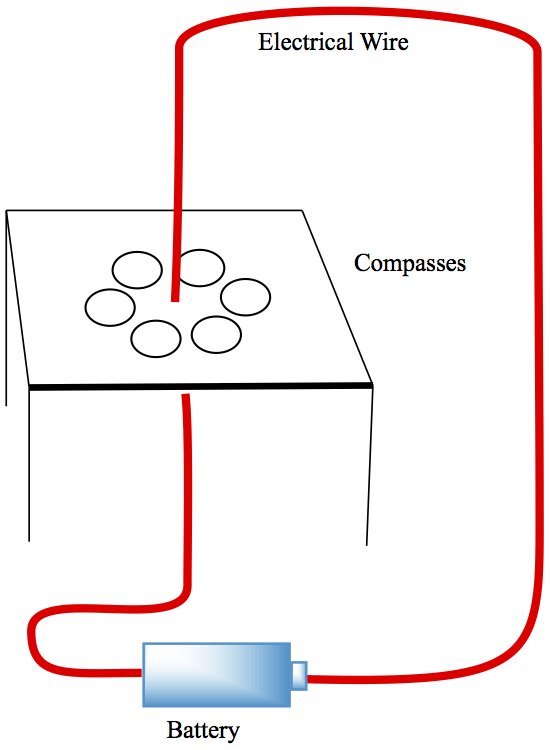
Figure 2. Magnetic field produced by electrical current
When a current is off, all compasses point to north, as usual. When, however, a current is turned on, the compasses point in circular pattern, represented by a so-called, right hand rule, as shown in Figure 3.

Figure 3. Result of Oersted experiment
In the above example, the right panel of Figure 3, the current is going away from the screen to the back-side of the monitor you're looking at. One can calculate magnetic field around the wire, as
| 5 |
Force between Two Wires
If two wires are parallel to each other and the current flows through both wires, you observe that there appears either repulsion or attraction on the wires. Using Eqn. 5, the distance r is set to the distance between wires, the force exerted on one wire is given by
| 6 |
| 7 |
| 8 |
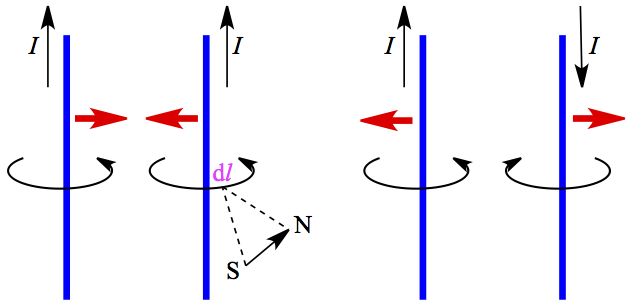
Figure 4. Force between two wires with current.
The small line segment l for magnetic field and its direction are also shown in the inset in the figure. From the orientation of these magnetic fields genearted by two wires can attest to the repulsive and attractive natures of two cases.
We can put Eqn. 5 into integral form as,
| 9 |
Faraday's Law of Electrical Induction
Since a current induces a magnetic field, it is possible that the opposite can happen. About 10 years after Oersted's experiment, Henry and Faraday independently examined the electrical induction effect by magnet. The following figure shouws how an experiment can be carried out.
Figure 5. Current produced by moving magnet.
An electrical wire is wound up in a coil and is connected to an ampmeter, which registers the current induced by motion of a magnet. When a magnet goes through the loop of wire, the current I is induced.
The direction to which the current flow is given by Lenz Law, which states that a current will flow due to the induced magnetic field opposing the magnetic field. Use a right-hand rule, when N side of the magnet approaches the loop, as shown in Figure 5b, the induced magnetic field closer to the N side of the magnet becomes N. Thus, the magnetic field develped in the loop is counterclockwise by pointing your thumb to you, the curling of other fingers tell you the couterclockwise motion.
When the magnet is pulling away from the loop as shown in Figure 5c, then the induced magnetic field point toward the rear of the monitor you're looking at. It means that the side closest to the magnet is S. Using the right-hand rule, tell you that the current induced is clockwise. If we define magnetic flux to be the sum of magnetic line passing through an area, A, is
| 10 |
| 11 |
| 12 |
| 13 |
Displacement Current
A magnetic field is produced by not only by an electrical current. When a capacitor is placed in a circuit, accumulation of charges on the parallel plates should also give rise to magnetic field. Since accumulation of charge on the capacitor plates changes the electric fields,
The charge on a capacitor is given by
| 14 |
| 15 |
| 16 |
| 17 |
Then, we can write Maxwell equation for Ampere's law to be
| 18 |
Gauss's Law
The electric flux calulated within a closed area on a surface is the net charge, Q,| 19 |
| 20 |
Simple Harmonic Motion
The force associated with harmonic motion is given by| 21 |
| 22 |
| 23 |
| 24 |
Traveling Waves
Traveling wave can be represented by sinosoidal functions as we have seen above for harmonic oscillator solution. In the traveling wave case, the wave Φ(x,t) at certain coordinate x is moving with a speed v, as shown in Figure 6.
Figure 6. Traveling wave.
At some time t = 0, let's say that the wave is represented by the black curve, but when at some time has passed, the wave has shifted due to its velocity, shown as red curve in the figure. In this case, Φ(x,t) is represented by
| 25 |
Propagation of Electromagnetic Waves
We use Eqns. 13 and 18 of Maxwell's equations to explain how electromagnetic wave propagates. Consider a small rectangular box (purple colored box) labeled with dx and dy in the electric field (wave in blue) in Figure 7.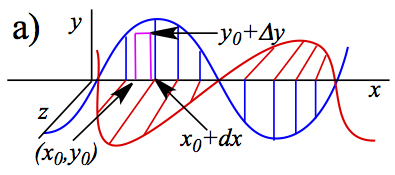
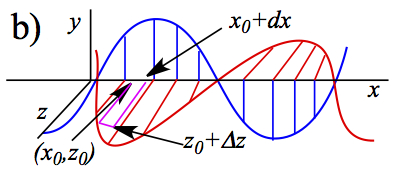 Figure 7. Propagation of Electromagnetic Wave. Electric=Blue
Magnetic=Red
Figure 7. Propagation of Electromagnetic Wave. Electric=Blue
Magnetic=RedSince the magnetic field is increasing in time in the process in the purple rectangle, the induced magnetic field in the reactangle decreases according to Lenz law, then the electric field Let us examine the propagation using Eqns. 13 and 18. The idea is to examine what's happening with the purple areas in Figure 7. In Figure 7a, the induced magnetic field in the purple loop should decrease in time with the wave moving toward +x direction. Then, the electric field should point opposite to this change. Therefore, the electric field is greater on the right side of the loop, a counterclockwise circulation (or current without electron, if you want!). The circulation produced is produced to oppose the change in ΦB.
| c1 | |
| c2 |
| c3 | |
| c4 | |
| c5 |
| 13 | |
| 18 |
| c6 |
| c7 |
| c8 | |
| c9 |
There is no electrical current, therefore the current term on the right-hand side of Eqn. 18 is neglected, in below. The arguments are similar to the one for Eqn. 13 and one can derive,
| c10 | |
| c11 | |
| c12 | |
| c13 |
| c14 |
| c15 |
| c16 | |
| c17 |
| c18 |
| c19 |